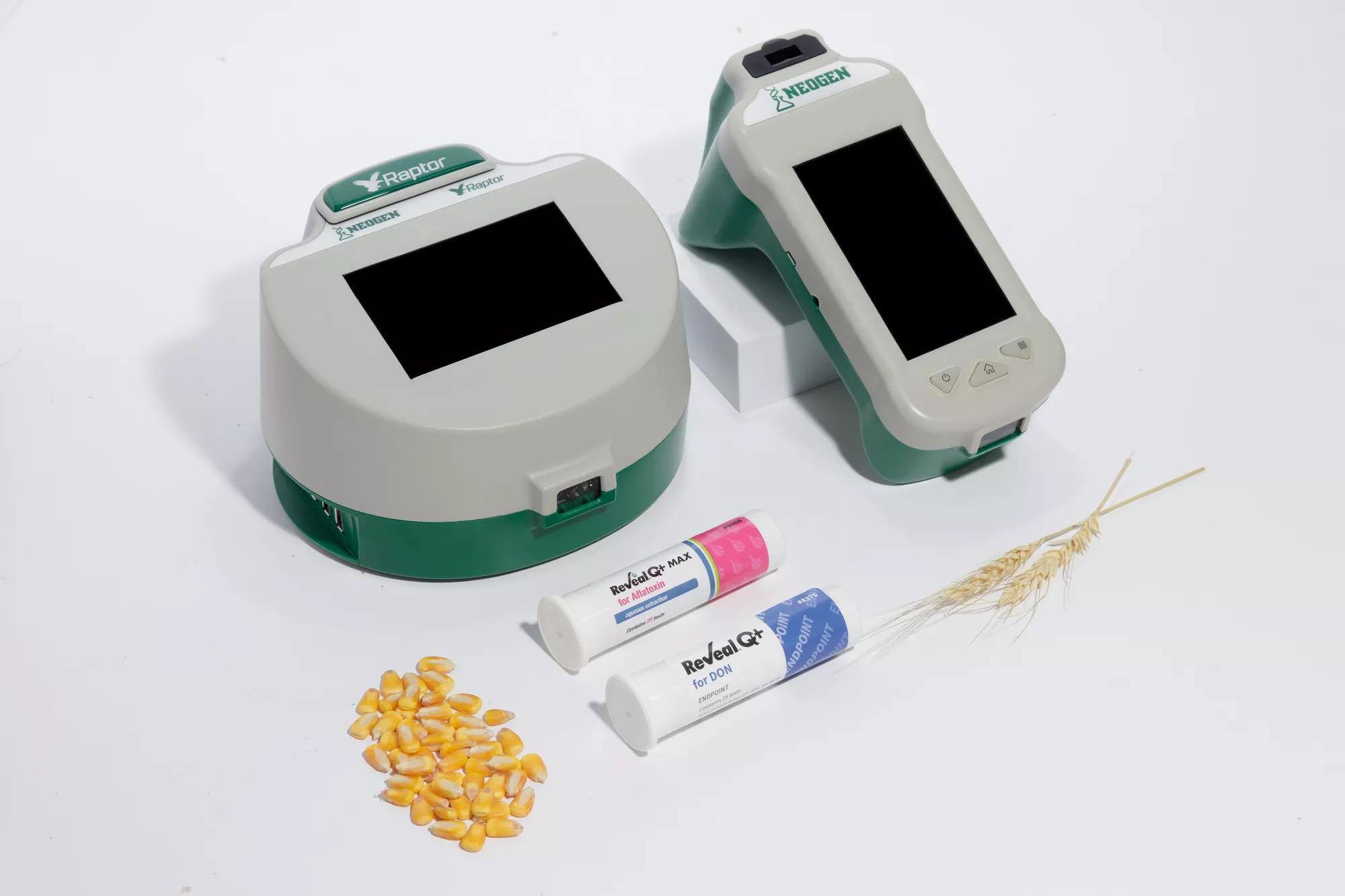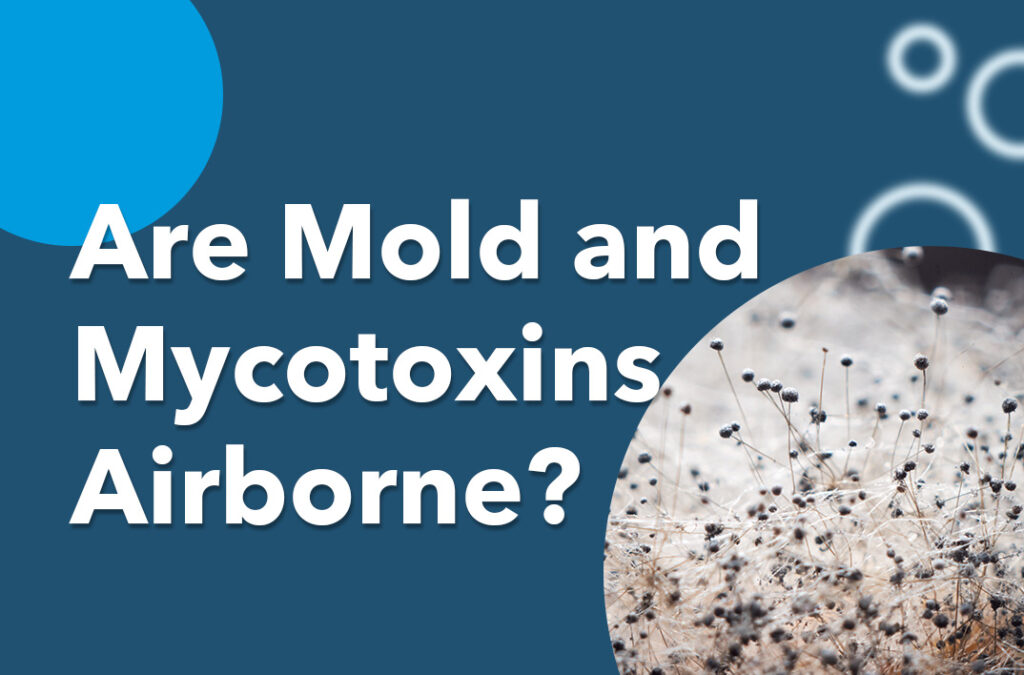How Mycotoxin testing Services Can Safeguard Your Products
How Mycotoxin testing Services Can Safeguard Your Products
Blog Article
The Requirement of Mycotoxin Testing in Agricultural Products to Ensure Customer Safety And Security
The need of mycotoxin screening in farming products is a vital aspect of public health and safety that warrants comprehensive examination. Mycotoxins, poisonous substances created by specific fungi, can penetrate different plants, bring about substantial health and wellness risks for customers, such as cancer causing impacts and organ damage. Regular mycotoxin testing not just identifies and eliminates infected products from the supply chain but also makes certain compliance with safety and security requirements and enhances customer count on. However, recognizing the methods and advantages of such screening is crucial to completely appreciate its relevance in guarding our food supply.
Comprehending Mycotoxins
Mycotoxins, poisonous secondary metabolites created by particular fungis, present a considerable threat to farming items and human health and wellness. These substances are created by numerous types of mold and mildews, such as Aspergillus, Fusarium, and Penicillium, which can infect plants both pre- and post-harvest - Mycotoxin testing Services. One of the most usual mycotoxins include aflatoxins, ochratoxin A, fumonisins, zearalenone, and deoxynivalenol (DON)
Mycotoxin contamination can occur under specific environmental problems, such as high humidity and temperature level, which prefer the growth of mold and mildew. Agricultural items like grains, nuts, spices, dried fruits, and coffee are particularly vulnerable. The existence of mycotoxins in these products can result in considerable economic losses due to decreased crop returns and the need for rigorous testing and decontamination procedures.
Recognizing the biochemical nature and development of mycotoxins is necessary for establishing efficient reduction techniques. Research has actually shown that mycotoxins show a series of chemical structures and residential properties, making detection and removal difficult. Advanced logical strategies, including chromatography and mass spectrometry, are made use of to determine and quantify mycotoxins in agricultural products, making sure that contamination degrees stay within safe limits established by regulative bodies.
Health Dangers of Mycotoxins
Provided the substantial dangers connected with mycotoxins in farming items, recognizing their influence on health and wellness is extremely important. Mycotoxins, toxic secondary metabolites produced by fungi, present extreme threats to both human and animal health and wellness.
Severe mycotoxin poisoning, although less typical, can create prompt and extreme wellness problems such as liver damage, gastrointestinal disturbances, and hemorrhaging. Ochratoxin A, another powerful mycotoxin, is linked to kidney damage and has potential carcinogenic effects. Fumonisins, mainly impacting maize, are associated with esophageal cancer cells and neural tube issues.

Usual Sources of Contamination
Comprehending the usual sources of contamination is important for successfully taking care of and reducing the dangers posed by mycotoxins. Mycotoxins are harmful additional metabolites created by specific sorts of fungi, which can infect farming items at numerous phases of production, storage space, and handling. The primary sources of contamination include field problems, post-harvest handling, and storage atmospheres.
Field problems see play a substantial role, with factors like climate, plant susceptibility, and dirt health influencing fungal growth. Plants such as corn, peanuts, wheat, and tree nuts are specifically at risk to mycotoxin-producing fungi like Aspergillus, Fusarium, and Penicillium varieties. Insufficient crop rotation and inadequate parasite administration can aggravate the danger of contamination.
Post-harvest handling is one more critical point where contamination can occur. Mechanical damages throughout harvesting and transportation develops access factors for fungi, while improper drying out methods can leave wetness levels high enough to sustain fungal growth.
Storage space atmospheres contribute considerably to contamination risks. Inadequately preserved storage centers with high humidity and temperature levels develop excellent conditions for mycotoxin production. Routine assessments and appropriate storage problems are necessary in curbing this hazard.
Mycotoxin Examining Approaches
Efficient administration of mycotoxin contamination pivots not only on identifying possible sources but additionally on executing durable testing methods to identify these dangerous compounds. Mycotoxin testing approaches can be broadly classified into immunochemical and chromatographic methods. High-performance fluid chromatography (HPLC) and gas chromatography-mass spectrometry (GC-MS) represent sophisticated chromatographic approaches understood go now for their high level of sensitivity and precision. These methods are experienced at quantifying numerous mycotoxins in complicated matrices, making them invaluable for detailed analysis.
On the other hand, enzyme-linked immunosorbent assay (ELISA) and lateral circulation assays are famous immunochemical approaches. ELISA, specifically, is extensively used due to its cost-effectiveness, ease of usage, and rapid turn-around time. Side circulation assays give quick, on-site screening capabilities, making them suitable for field applications where immediate decisions are required.
Furthermore, advancements in molecular biology Full Report have introduced PCR-based methods with the ability of discovering mycotoxin-producing fungis at hereditary degrees, supplying an anticipating technique to contamination danger. Incorporating these varied approaches improves the dependability and comprehensiveness of mycotoxin detection, guaranteeing that agricultural products meet safety standards and protecting customers from potential health threats.
Advantages of Routine Checking

Normal mycotoxin testing provides significant benefits that dramatically bolster agricultural security and top quality. Mycotoxins, toxic compounds created by particular fungis, can pollute food and present serious health and wellness risks, including cancer cells and intense poisoning.
Moreover, constant testing assists in keeping the honesty and reputation of agricultural producers. By rigorously managing and checking mycotoxin levels, manufacturers can stay clear of legal repercussions and costly recalls. This not only ensures compliance with stringent international security requirements however likewise fosters consumer trust and commitment.

Verdict
The necessity of mycotoxin testing in agricultural items is underscored by the significant health and wellness dangers presented by these poisonous substances. Guaranteeing customer safety and security calls for the recognition and elimination of contaminated items from the supply chain. Routine screening not just minimizes the threat of acute poisoning and chronic health and wellness concerns yet additionally supports compliance with safety criteria. Additionally, it improves the reputation of producers and fosters count on within the agricultural supply chain, ultimately protecting public wellness.
The necessity of mycotoxin screening in agricultural items is a crucial aspect of public wellness and security that calls for detailed assessment. Mycotoxins, harmful substances created by certain fungis, can penetrate various plants, leading to considerable wellness dangers for consumers, such as carcinogenic effects and body organ damage.Mycotoxins, poisonous additional metabolites generated by specific fungi, offer a substantial danger to farming products and human health and wellness.Given the significant threats associated with mycotoxins in farming items, comprehending their influence on health and wellness is paramount (Mycotoxin testing Services).The need of mycotoxin testing in agricultural items is underscored by the substantial wellness dangers postured by these harmful substances
Report this page